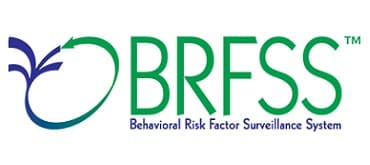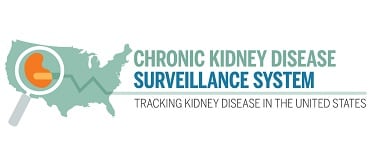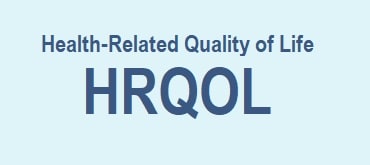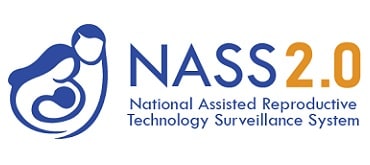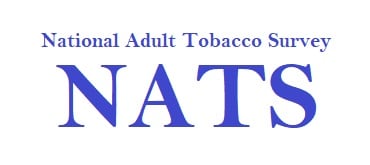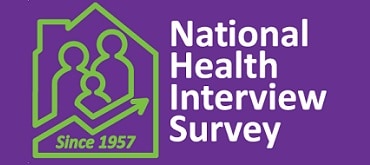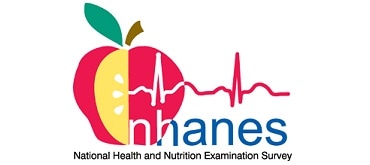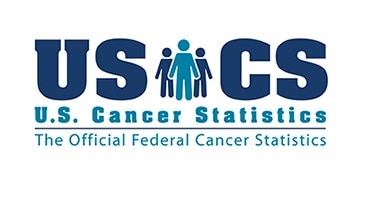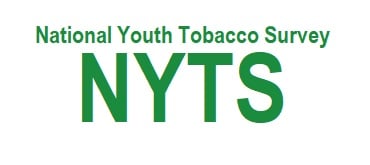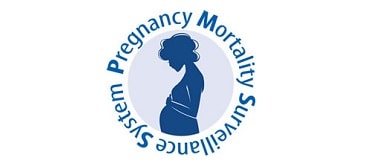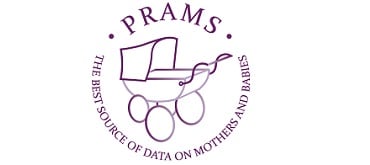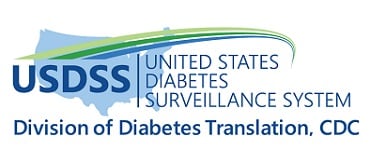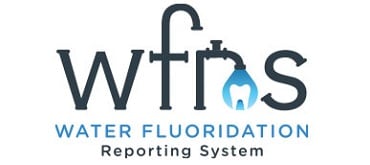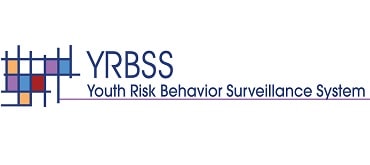Surveillance Systems
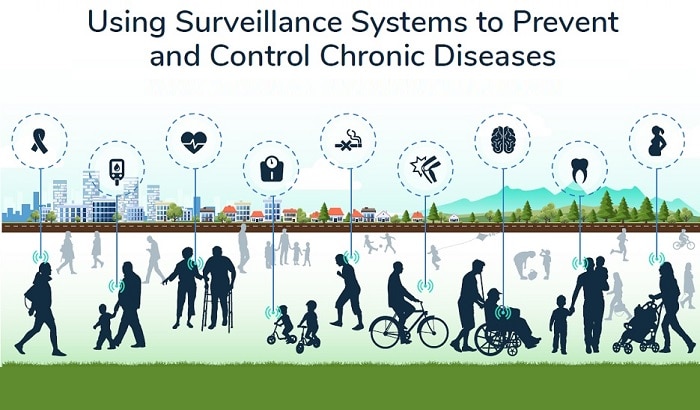
CDC conducts surveillance of chronic diseases to
- Better understand the extent of health risk behaviors, preventive care practices, and the burden of chronic diseases.
- Monitor the progress of prevention efforts.
- Help public health professionals and policy makers make more timely and effective decisions.
Behavioral Risk Factor Surveillance System (BRFSS)
The Behavioral Risk Factor Surveillance System (BRFSS) is the world’s largest, premier system of health-related telephone surveys that collect state data about U.S. residents regarding their health-related risk behaviors such as smoking, physical activity,and fruit and vegetable consumption; chronic health conditions; and use of preventive services.
Chronic Kidney Disease (CKD) Surveillance System
The CKD Surveillance System documents the burden of CKD and its risk factors in the US population over time and monitors the progress of efforts to prevent, detect, and manage CKD.
Health-Related Quality of Life (HRQOL)
HRQOL surveillance is used to identify unmet population health needs; recognize trends, disparities, and determinants of health in the population; and guide decision making and program evaluation.
National Assisted Reproductive Technology Surveillance System (NASS)
NASS collects information on Assistive Reproductive Technology (ART) treatment outcomes from all infertility clinics in the United States, and publishes an annual report.
National Adult Tobacco Survey (NATS)
NATS was created to assess the prevalence of tobacco use, as well as the factors promoting and impeding tobacco use among adults. NATS also establishes a comprehensive framework for evaluating both the national and state-specific tobacco control programs.
National Health Interview Survey (NHIS)
NHIS is a large-scale household interview survey that collects data on health status health care access, and progress toward achieving national health objectives.
National Health and Nutrition Examination Survey (NHANES)
NHANES is designed to assess the health and nutritional status of adults and children in the United States. The survey is unique in that it combines interviews and physical exams.
United States Cancer Statistics
The United States Cancer Statistics are the official government statistics on cancer. These statistics include cancer registry data from CDC’s National Program of Cancer Registries and the National Cancer Institute’s Surveillance, Epidemiology, and End Results (SEER) Program, as well as mortality data from CDC’s National Center for Health Statistics. The statistics provide information on newly diagnosed cancer cases and cancer deaths for the whole U.S. population.
National Youth Tobacco Survey (NYTS)
NYTS is a nationally representative cross-sectional school-based survey of public school students enrolled in grades 6-12.
Pregnancy Mortality Surveillance System (PMSS)
CDC uses PMSS to better understand the circumstances of pregnancy-related death so appropriate action can be taken to prevent them. Each year, CDC asks 52 reporting areas to send copies of death certificates for all women who died during pregnancy or within 1 year of pregnancy, and copies of the matching birth or fetal death certificates, if they have the ability to perform such record links. This information is summarized, and medically trained epidemiologists determine the cause and time of death related to the pregnancy.
Pregnancy Risk Assessment Monitoring System (PRAMS)
PRAMS collects state-specific, population-based data on maternal attitudes and experiences before, during, and shortly after pregnancy.
US Diabetes Surveillance System
The US Diabetes Surveillance System documents the public health burden of diabetes and its complications at the national, state, and county levels. Users can instantly visualize diabetes data, identify high-risk groups, and track progress by customizing maps, charts, and tables to display trends by age, sex, and education.
Water Fluoridation Reporting System (WFRS)
Water systems that adjust the fluoride of their water to the optimal level for decay prevention also collect data to monitor fluoridation quality. WFRS is an online tool that helps states manage the quality of their water fluoridation programs. WFRS information is also the basis for national surveillance reports that describe the percentage of the US population on community water systems who receive optimally fluoridated drinking water.
Youth Risk Behavior Surveillance System (YRBSS)
YRBSS was developed to monitor priority health risk behaviors that contribute markedly to the leading causes of death, disability, and social problems among youth and adults in the United States.
